All industries use materials like gaskets, hoses, and O-rings for different applications. The parts must be made of sturdy rubber to tolerate harsh weather conditions. Choosing the wrong rubber can lead to a lower product lifespan and elevated costs.
Thus, selecting the right rubber material is essential. This guide aims to help you choose the right rubber by providing a comparison of EPDM vs Buna.
What is EPDM Rubber?
EPDM, which stands for Ethylene Propylene Diene Monomer, is a synthetic rubber. This rubber is popular for its weather, ozone, and aging resistance properties.
EPDM rubber is composed of an ethylene, propylene, and diene mix. The materials used in the making of EPDM make it highly flexible and heat resistant.
Key Physical Properties of EPDM:
Some physical properties of EPDM rubber include:

- Weather Resistance
EPDM can easily tolerate harsh weather conditions. This rubber is not prone to degrading even when exposed to sunlight and UV rays.
- High-Temperature Resistance
EPDM is made to have high temperature resistance. An EPDM rubber can easily resist temperatures as high as 150°C (302°F).
- Water Resistance:
Another key property of EPDM is that it is water resistant. Thus, it is a perfect choice for waterproof seals in roofing.
- Electrical Insulation
EPDM rubbers are great insulators. Thus, they can be used in electrical cable sheathing and other emerging electrical applications.
All these properties make EPDM rubber a perfect choice for all industrial applications. However, engineers must consider that this rubber type has poor resistance against oil.
Common Applications of EPDM:
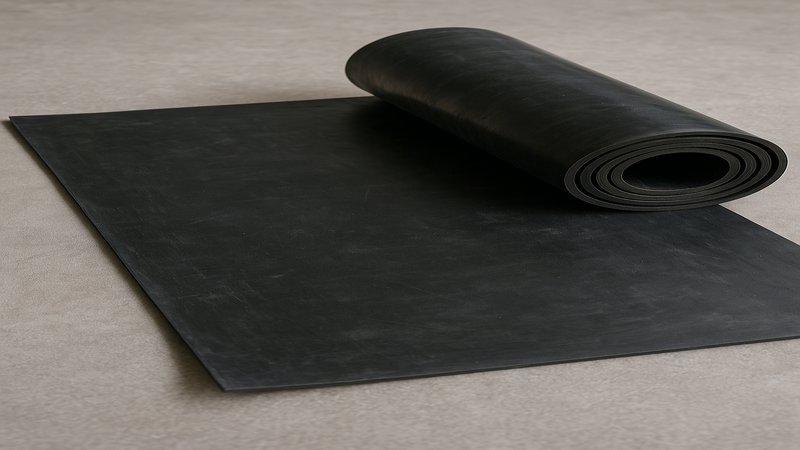
Some of the common uses of ethylene propylene diene monomer are in:
- Automotive Industry
In automotive industries, ethylene-propylene-diene monomer rubber is used widely. Door seals, wiper blades, and radiator hoses of vehicles are often made of EPDM.
- Construction
During construction, EPDM is used in making window gaskets and duct insulations. Membrane Roofing also uses EDPM due to its weather resistance properties.
- Industrial Sealing
Being ozone resistant, EPDM is an ideal choice for all outdoor applications. In industrial sealings, EPDM is used in silicone rubber gaskets and seals.
What is Buna (NBR) Rubber?
Nitrile Butadiene Rubber, commonly known as Buna, is another type of synthetic rubber. This rubber material is popular because of its chemical resistance properties.
Buna is composed of butadiene and acrylonitrile. Due to the higher acrylonitrile, this synthetic rubber is oil resistant.
Key Properties of Buna (NBR):
Some of the common Buna rubber properties include:
- Oil, Fuel, and Solvent Resistance
NBR is highly oil, solvent, and fuel resistant. Hence, it is commonly used in oil-contact applications.
- Abrasion Resistance
Buna rubber functions well in settings that require mechanical stability. Seals, gaskets, and hoses in different machines often use NBR.
- Compression Resistance
Finding the tensile strength of rubber is crucial while buying rubber. Buna rubber is flexible and compression resistant. This means that NBE can maintain its shape and performance under pressure.
All these properties make Buna rubber a perfect choice for industrial buyers. However, one must be aware that this natural rubber shows poor resistance against the weather.
Also, NBR can not tolerate high temperatures. It is suitable only for settings with a temperature range of up to 100°C.
Common Applications of Buna (NBR):

Some of the common uses of EDPM rubber are in:
- Automotive And Mechanical Applications
Automotive Rubber Parts that use NBR include fuel hoses, o-rings, and gaskets. The compression resistance makes NBR ideal for mechanical applications.
- Oil & Chemical Industries
Nitrile Butadiene Rubber has high oil and fuel resistance. Thus, NBR is used to make seals for petroleum pipelines and chemical-resistant hoses.
- Food-Grade Applications
FDA approved, Oil-resistant NBR is used in food processing applications.
EPDM vs. Buna (NBR): Key Differences
The differences between the physical properties of EPDM vs Buna include:
| Physical Properties | EPDM | Buna |
|---|---|---|
| Weather & UV Resistance | Excellent | Poor |
| Oil and Chemical Resistance | Poor | Excellent |
| Water Resistance | Excellent | Poor |
| Electrical Insulation | Excellent | Limited |
| Cost Effectiveness | High as compared to Buna Rubber | Low as compared to EPDM Rubber |
| Temperature Resistance | Upto 150°C,Excellent resistance | Upto 100°C, poor resistance |
| Steam Resistance | Excellent | Poor |
| Aging Resistance | Excellent | Poor |
| Abrasion Resistance | Poor | Excellent |
EPDM Or Buna: Industry-Specific Recommendations
Given below are some of the applications of these rubbers in different industries:
Automotive Industry:
In automobiles, EPDM is used in door seals, cooling systems, and wiper blades. Buna rubbers are used in fuel hoses and gaskets because they are oil resistant.
Construction Industry:
In construction, EPDM is used in roofing membranes, window seals, and HVAC systems. However, Buna rubber is not widely used in the construction industry.
Manufacturing and Industrial Sector:
In the manufacturing sector, EPDM is a common rubber for seals and gaskets. In the industrial sector, hydraulic seals and fuel systems use Buna.
Consumer Goods:
EPDM rubber is used in swim caps, diving gear, and waterproof materials. However, gloves and industrial wearables are made of Buna.

Benefits of EPDM for Industrial Buyers
Some of the common benefits of EPDM for procurement managers are:
Durability:
EPDM has excellent resistance against water, ozone, and aging. This is the reason behind their increased durability and fewer replacements.
Versatility:
EPDM is used in multiple settings, including construction, automotive, and electrical sectors. The versatility of this synthetic rubber adds to its popularity.
Eco Options:
Leading manufacturers are offering eco-friendly EPDM rubber options. The recyclable and environmentally friendly option makes it a top choice for businesses.
Benefits of Buna for Industrial Buyers
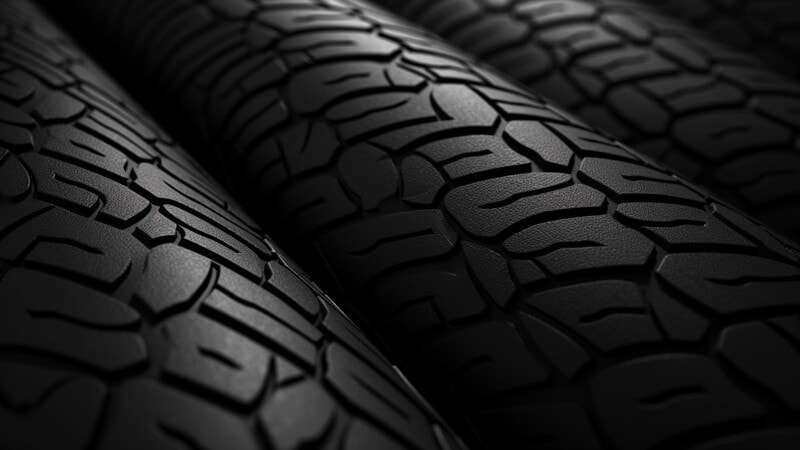
The benefits of Buna for procurement managers include:
Superior Oil and Fuel Resistance:
Buna is resistant to oil, chemicals, and fuels. LSR Injection Molding also uses Buna because of its oil resistance properties.
Cost-Effectiveness:
Buna typically costs less than EDPM and other natural rubbers. The cost-effective feature of this rubber makes it valuable.
High Mechanical Strength:
Buna has high compression resistance. Thus, it is ideal in environments that are subject to wear and tear.
How to Choose Between EPDM and Buna: A Decision Framework
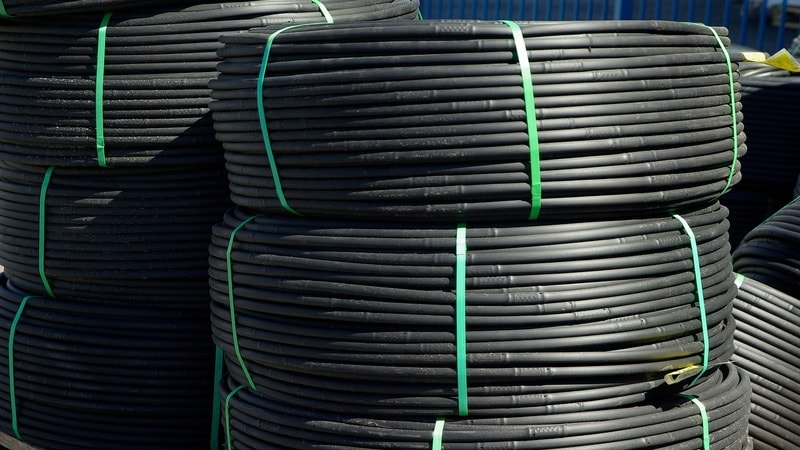
To choose the right option between EPDM and Buna, make sure to consider the following factors:
Environmental Factors:
Check if the material will be revealed to harsh weather conditions or not. If the material is used in indoor settings, you can select Buna.
Chemical Exposure:
Secondly, ask the engineers if the material will come in contact with fuels and oils or not. If yes, then choose nitrile rubber.
Mechanical Requirements:
If the material needs flexibility, like in the case of rubber feet, then use EPDM. EPDM offers higher flexibility and temperature resistance.
Budgetary Requirements:
Make sure to consider the costs of the rubber you are choosing. This includes both the initial cost and long-term value.
Buna has less initial cost, whereas EPDM lasts longer. You need to choose the one that is per your budgetary requirements.
Common Pitfalls and How to Avoid Them
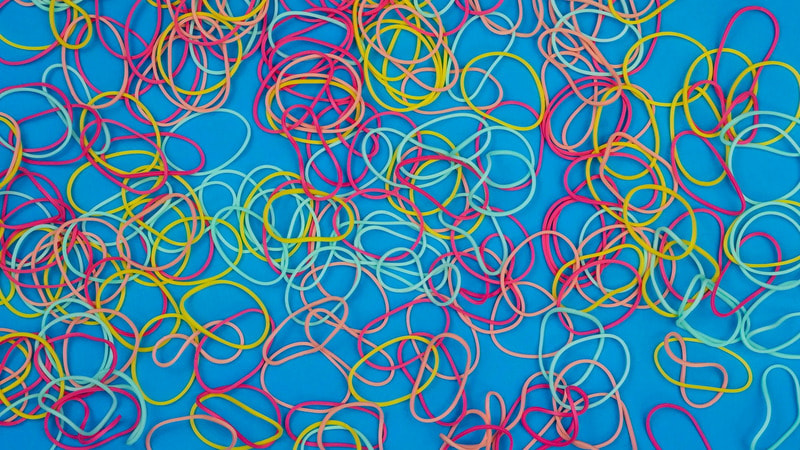
Some of the common mistakes businesses make while choosing rubber type include:
Choosing a Cheaper Option:
Businesses often choose the cheap option. Doing this may save money initially but can lead to higher costs in the long run.
To make a better decision, you should consider both initial and long-run costs.
Ignoring Chemical Compatibility:
Businesses ignore the chemical compatibility of rubber. To avoid this, businesses need to check if the material will be used with oils and fuels.
Overlooking Environmental Conditions:
Another common mistake when choosing rubber is to ignore the environmental conditions. To avoid this, you need to choose UV-resistant EPDM rubber for outdoor settings.
Industry Trends and Innovations in Rubber Materials
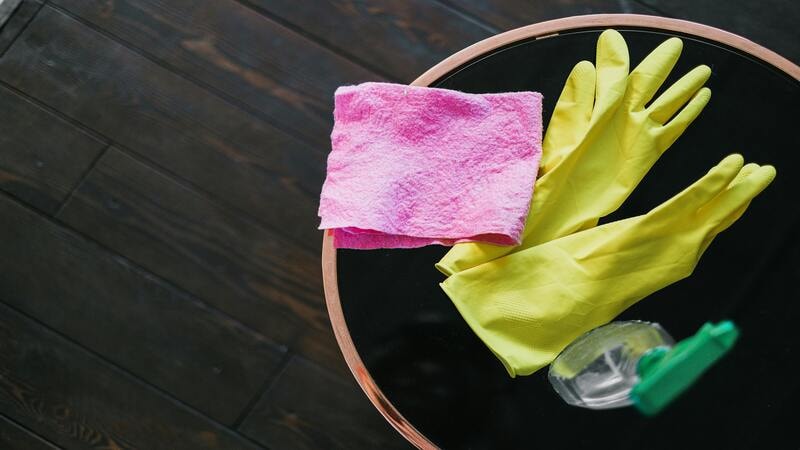
Different trends have reshaped rubber materials. Some common trends are:
- Owing to the increasing eco-consciousness, manufacturers are not offering eco-friendly EPDM and Buna.
- Technology like self-healing and sensor-embedded materials are introduced.
- Liquid Silicon Rubber allows sterilisation and adheres to safety standards. This is why it is now commonly used in medical products and kitchenware.
FAQs
Q1. Which is better, EPDM or NBR?
There is no fixed answer to this question. If weather resistance is required, then EPDM is better. Alternatively, if oil and fuel resistance is required, NBR is the best choice. So you need to conduct an industrial rubber comparison to determine the best one.
Q2. What are the disadvantages of EPDM gaskets?
The disadvantage associated with an EPDM gasket is that it is not resistant to oils and fuels. Also, EPDM gaskets are not as sturdy as other options.
Q3. What is Buna rubber used for?
Having abrasion resistance, nitrile rubber is commonly used for seals, o-rings, and gaskets in vehicles. Furthermore, it is used in hydraulic seals in industrial settings.
Conclusion
EPDM and nitrile butadiene rubber nbr have distant characteristics. As a procurement manager, you need to choose the type of rubber that is as per your needs.
Evaluate the advantages and applications of both types to make an informed decision. To improve efficiency, make sure to choose a reliable manufacturer for bulk orders.
Hongju: Unlock the Best Rubber Products For Your Business
At Hongju, we have years of expertise in manufacturing silicone rubber products. We offer custom rubber products to create the best product for your business.
With our low MOQ requirement and fast delivery, our expert team can meet all your rubber needs. Contact us today and get a quote for your requirements.